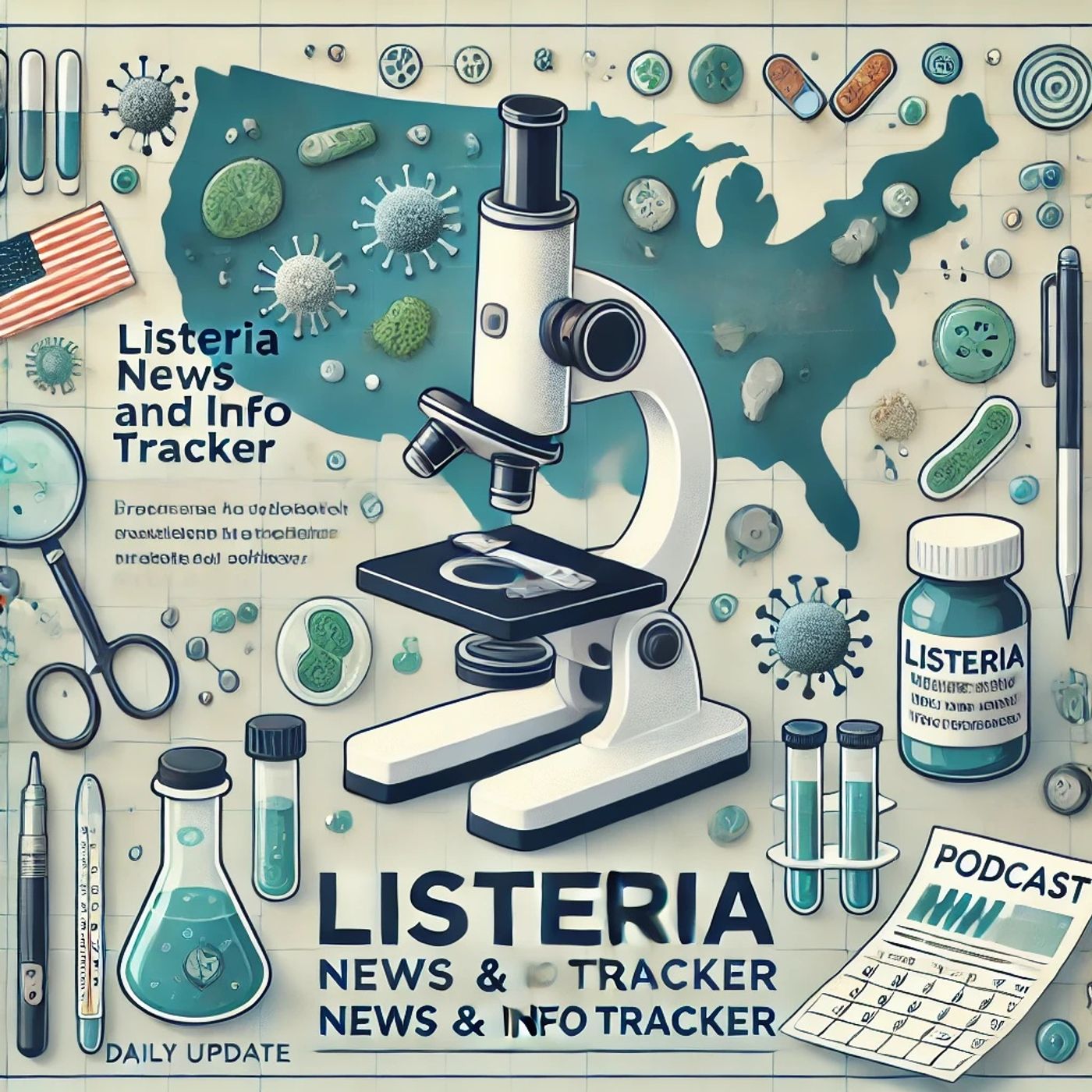Feb 02 2025 3 mins
Listeria monocytogenes, a potent and pathogenic bacterium, poses a persistent threat to our food supply and public health. Capable of surviving in low temperatures and thriving in environments where many bacteria cannot, Listeria is notorious for contaminating ready-to-eat foods, dairy, and produce. Its resilience makes it a significant concern for food safety, leading to sporadic outbreaks that can have severe consequences, particularly for pregnant women, newborns, the elderly, and individuals with weakened immune systems.
The challenge of tackling Listeria is a shared responsibility among food producers, regulators, businesses, and consumers. Efforts to prevent contamination start at the agricultural level, emphasizing the need for stringent sanitation practices and vigilant monitoring in food processing environments. Proper cleaning protocols, facility design aimed at minimizing bacterial harborage, and employee training are critical steps in mitigating the risk of Listeria introduction and proliferation.
Regulatory bodies like the U.S. Food and Drug Administration (FDA) and the Centers for Disease Control and Prevention (CDC) play an essential role in overseeing food safety standards and guiding industry practices. They implement stringent guidelines that demand testing and monitoring of food products, and they conduct thorough investigations when an outbreak occurs to identify sources and prevent further spread.
Despite these efforts, Listeria outbreaks continue to pose challenges. Public health experts stress the importance of continuous collaboration between government entities and food industry leaders to innovate and improve detection, prevention, and response strategies. Advanced genomics and better data sharing have become indispensable tools for tracking Listeria strains and pinpointing contamination sources more quickly.
Consumers also have a role in minimizing the risk of Listeria. Adhering to recommended food handling practices, such as properly refrigerating foods, cooking at safe temperatures, and consuming ready-to-eat foods promptly, can greatly reduce the chances of infection. Raising awareness and educating the public about Listeria's potential dangers are vital components of a comprehensive approach to safeguarding food safety.
Meeting the challenges of Listeria requires a proactive stance from all stakeholders. By fostering a culture of transparency and vigilance, investing in research and technology, and emphasizing the importance of shared responsibility, we can make significant strides in reducing the impact of Listeria outbreaks and protecting public health.
The challenge of tackling Listeria is a shared responsibility among food producers, regulators, businesses, and consumers. Efforts to prevent contamination start at the agricultural level, emphasizing the need for stringent sanitation practices and vigilant monitoring in food processing environments. Proper cleaning protocols, facility design aimed at minimizing bacterial harborage, and employee training are critical steps in mitigating the risk of Listeria introduction and proliferation.
Regulatory bodies like the U.S. Food and Drug Administration (FDA) and the Centers for Disease Control and Prevention (CDC) play an essential role in overseeing food safety standards and guiding industry practices. They implement stringent guidelines that demand testing and monitoring of food products, and they conduct thorough investigations when an outbreak occurs to identify sources and prevent further spread.
Despite these efforts, Listeria outbreaks continue to pose challenges. Public health experts stress the importance of continuous collaboration between government entities and food industry leaders to innovate and improve detection, prevention, and response strategies. Advanced genomics and better data sharing have become indispensable tools for tracking Listeria strains and pinpointing contamination sources more quickly.
Consumers also have a role in minimizing the risk of Listeria. Adhering to recommended food handling practices, such as properly refrigerating foods, cooking at safe temperatures, and consuming ready-to-eat foods promptly, can greatly reduce the chances of infection. Raising awareness and educating the public about Listeria's potential dangers are vital components of a comprehensive approach to safeguarding food safety.
Meeting the challenges of Listeria requires a proactive stance from all stakeholders. By fostering a culture of transparency and vigilance, investing in research and technology, and emphasizing the importance of shared responsibility, we can make significant strides in reducing the impact of Listeria outbreaks and protecting public health.
